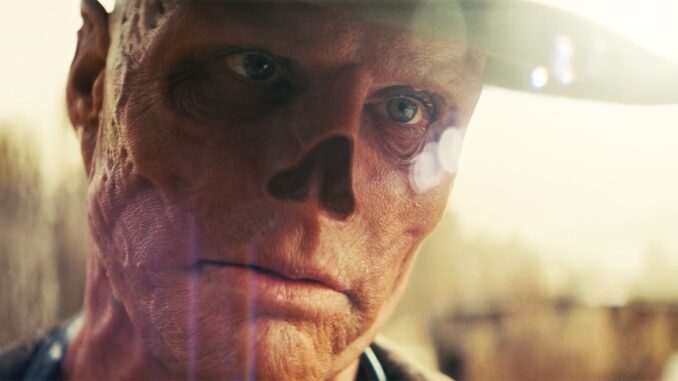
7 important facts about the Fallout universe revealed in the series,The Fallout series is finally out, and it’s good. I have already watched it in its entirety and I can say that if you like the universe, then you definitely need to watch the series. But even if you’re not a Fallout veteran, the series stands on its own, even if you don’t know the full story. In short, this is another example of a brilliant game adaptation for TV. Although it’s not quite up to par with The Last of Us in terms of immersiveness, it still turned out great.
And the Fallout series is clearly not a one-time project. The ending clearly hints at a second season. Moreover, Prime’s Fallout is now officially written into the history of the universe. Todd Howard has confirmed that the series is considered canon, meaning that all events in these eight episodes are part of official Fallout lore. This applies to both what happens before the war (there are flashbacks in the show) and updates to the current state of affairs in the universe.
Let’s look at how the series complements the Fallout lore.
Map of the location of 116 shelters in the Fallout universe from the series
Attention! Spoilers!
If you haven’t watched the series, read on at your own risk.
7 important facts about the Fallout universe revealed in the series
NKR situation
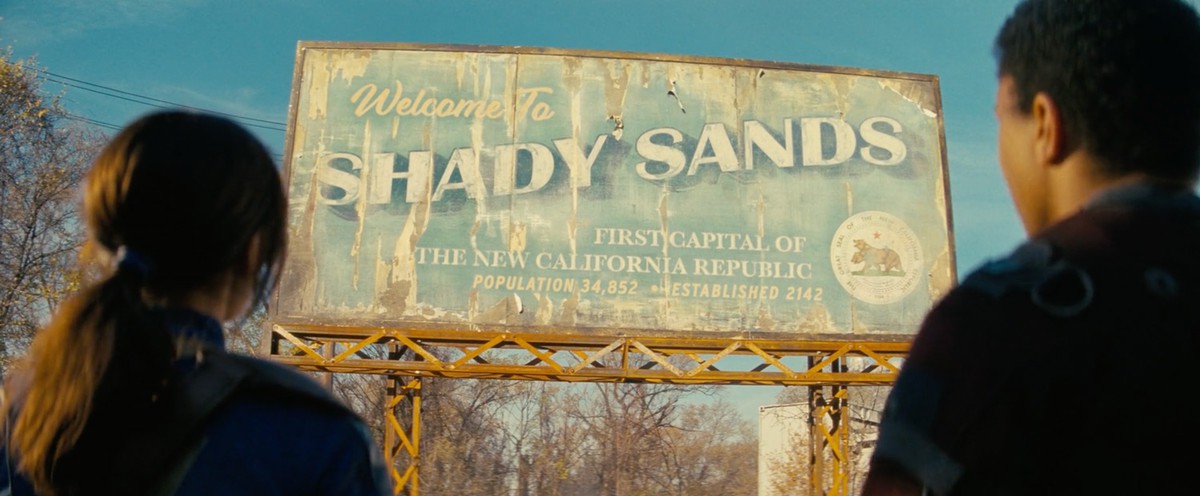
When the first trailers and footage of the series appeared, fans had many questions about what was not shown in them. The action takes place in and around Los Angeles, but the promotional materials focused almost entirely on the Brotherhood of Steel. Where is NKR? The New California Republic was a hugely dominant force in this part of the country, but there was no mention of it in the trailers.
In one of the trailers a sign of Shady Sands, a major city in NKR, flashed, and in another a flag flashed. But otherwise, California in the series looks suspiciously like Brotherhood territory. What happened to the NKR?
The answer comes in episode 5 in the form of a huge crater. Why is there no more NKR? Well, Shady Sands has turned into a nuclear hellhole. The exact timing of this event is unclear due to the ambiguous chronology on the board in episode 6. The faction survived, but only partially – later in the series a small NKR outpost appears, and there are survivors here and there. But the city of Shady Sands itself has been given up for a long time, and the Brotherhood of Steel is flying around southern California with impunity on its rotorcraft and aircraft carriers.
The enclave is not completely dead
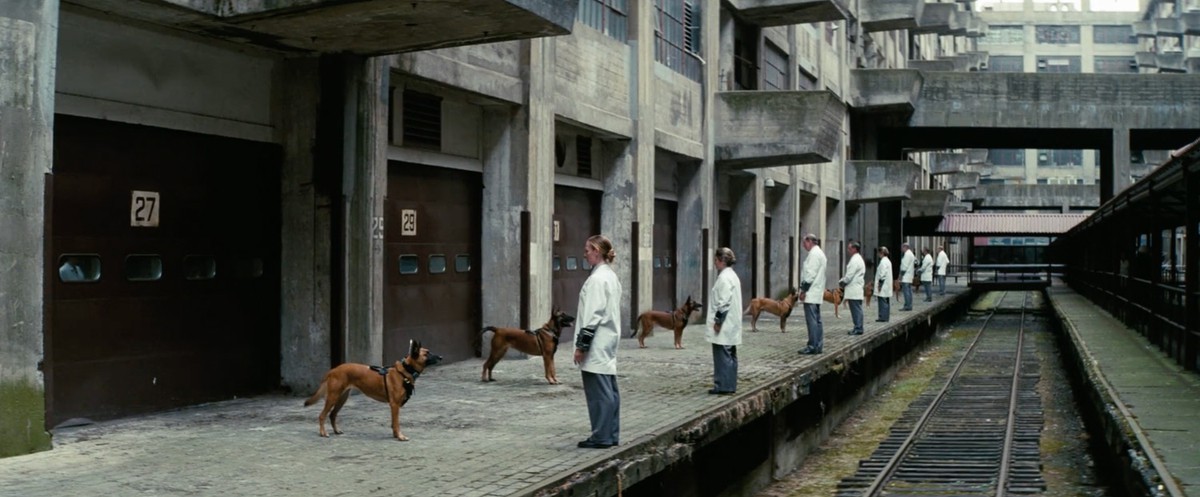
After the Great War, part of the US government continued to exist in the form of the Enclave – a shadow organization of politicians, military men and scientists desperately clinging to power over the country. Other factions like the NKR and the Brotherhood of Steel decided to eradicate the Enclave and succeeded in this matter. By the end of Fallout 3, the Enclave had essentially ceased to exist, leaving behind only scattered fragments.
In Episode 1 of Fallout, a Brotherhood of Steel elder mentions that “a resident of the Enclave has escaped.” In episode 2 we see this escape. A scientist from a strictly guarded laboratory (working on cyberdog technology) secretly takes an artifact (and a dog) into the wasteland. It seems that after all these years the Enclave still maintains its presence in the world. What kind of artifact it is becomes clear later – it becomes clear why there is such a hunt for it.
Who really started the war?
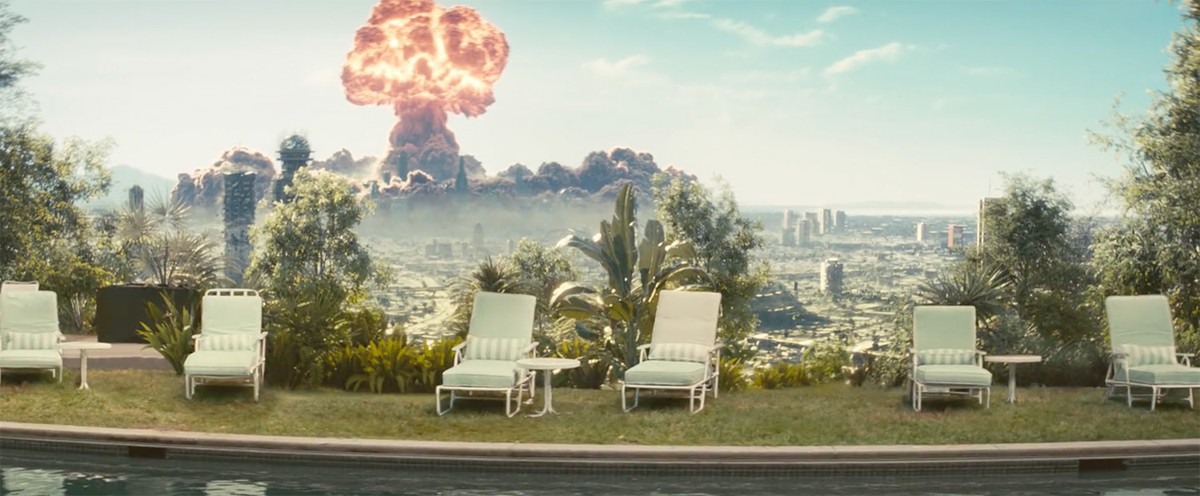
Let’s move on to the main mystery. For years, fans have wondered: who started the Great War? Some believed that China struck first… including Tim Kane, the creator of the first Fallout, giving the theory almost unwavering weight. Another version, apparently originating from the script of the failed 1998 Fallout film, stated that the war was started by the creator of the Vaults simply “to fulfill his prophecy of the destruction of the world.”
Does the series put an end to years of speculation? To be honest… not really. But he clearly hints that it was Vault-Tec who dropped the first bomb. Why? For the sake of capitalism, of course!
In Episode 8, the heads of companies like Rob-Co, Reppcon, Big MT, and West Tek gather at Vault-Tec headquarters. They doubt whether it is worth investing in the Vault system.
Robert House, the same one, says:
At the end of the world there is huge potential for profit. But you’re asking to make a serious investment based on a hypothetical situation. How can you guarantee results?
One of the Vault-Tec executives responds:
By dropping the bomb yourself. When we are the only survivors, there will be no one to fight with. A real monopoly.
Pretty straightforward. However, technically we don’t see how this happens: there is no frame where someone from Vault-Tec presses the big red button and starts a war. So the United States, China, or an unknown third party could still strike first. However, in the series there is another evidence in favor of the version that the world was destroyed by Vault-Tec: the nuclear strike that wiped out Shady Sands from the face of the earth was carried out by the caretaker of the Vault. When it comes to nuclear explosions, Vault-Tec can not only talk, but also act. But did the company do this at the very beginning? Almost certainly, but still not 100% sure.
The purpose of the experiments in the Vaults
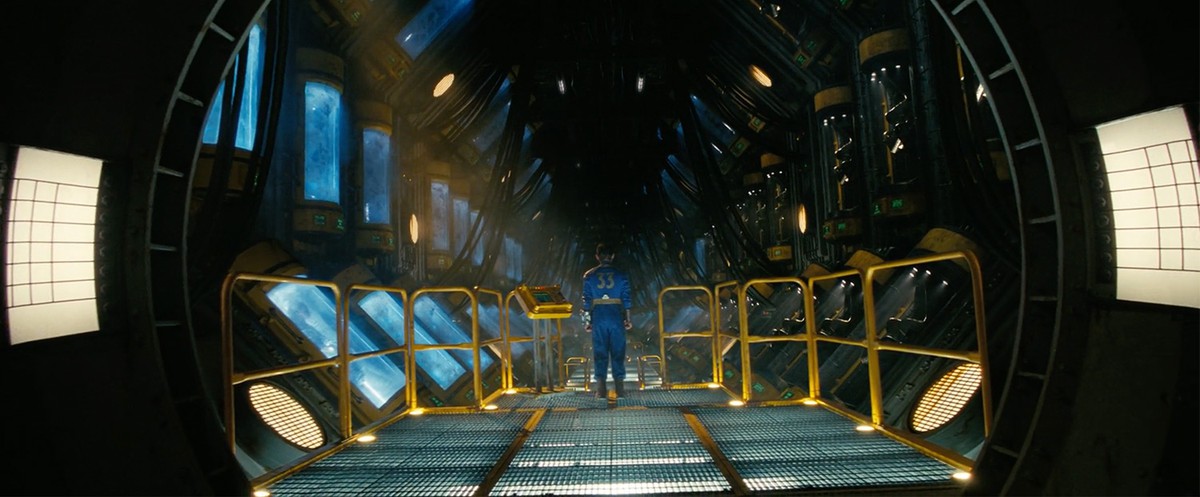
Shelters served not only to protect people from radiation. They conducted experiments on unwitting subjects. Many inhabitants, without knowing it, were subjected to drug trials and psychological influences, contracted diseases, were irradiated, suffered from lack of resources and even cloning.
What was the point? According to the lore (and this is again according to Tim Kane), the Vaults were a testing ground for starships intended to colonize other planets. Horrific experiments were carried out on the inhabitants to find out how people would cope with stress and adversity during hundreds of years of space travel. But Vault-Tec never got around to building the ships before the bombs fell.
The series offers a different version of the experiments in the Vaults. At the same meeting of corporate executives where they decide that a nuclear apocalypse will benefit profits, it turns out that these bigwigs are ready to work together to bring about the end of the world, but they view the restoration of society not as a joint effort, but as a competition. After the bombs fall and the radioactive dust settles, the doors will open, and only the best Shelters will give rise to a bright future.
It’s a struggle for survival in tin cans.
Embody your own ideas on how to create ideal conditions for humanity. Do whatever you want. Nobody will know. May the best idea win.
This is where experimentation comes into play.
“We could intentionally overcrowd the Vault so that the people inside are struggling to survive,” says a Big MT executive. Reppcon is working on a robot “that delivers milk to your doorstep” and decides that alone is enough to put a robotic milkman in charge of their Vault.
Other ideas include selecting the smartest children, dispersing drugs and “creating super mutant soldiers from illegal migrants.” And then there’s Vault-Tec’s own plan: freeze a bunch of ambitious top managers and unfreeze them one by one over the centuries so that they become caretakers and “manage” the bright future, creating a “race” of super-managers.
Truly, capitalism until the last breath.
Fate of New Vegas

Almost all of Fallout takes place in southern California, but the series finale gives us a glimpse of New Vegas. And he doesn’t look very good! The lights went out. The gate is broken. A crashed rotorcraft lies on the street. This is clearly not the jazzy, lively town we remember from Fallout: New Vegas.
It is clear that the city was not the victim of a bomb, as in the case of Shady Sands, since there is no huge crater. Perhaps New Vegas simply died out during a conventional war. But we won’t know about this until the second season of Fallout.
Where did the Gullets come from?
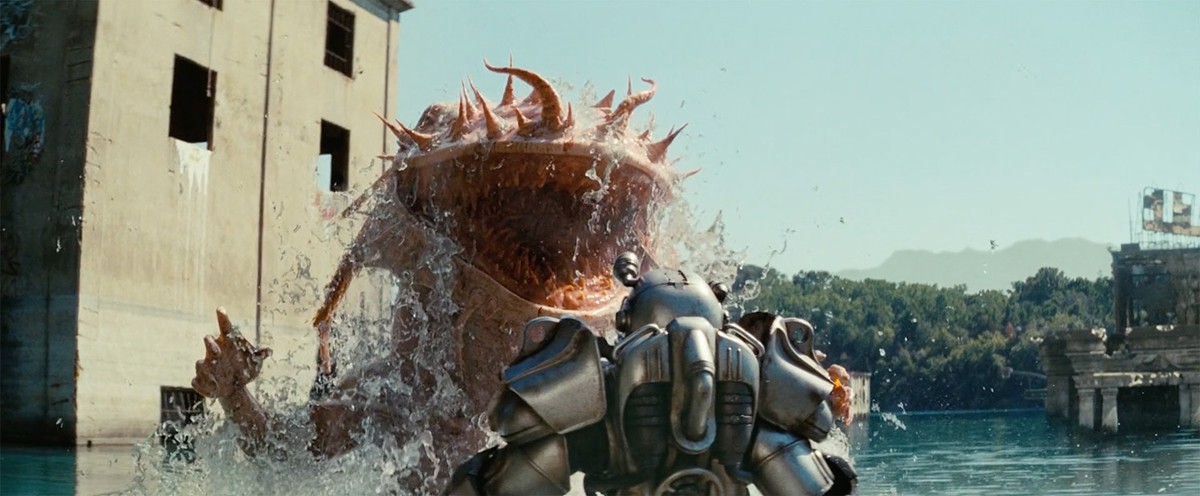
Throats feature quite prominently in the series, appearing several times and fighting various characters. They first appeared in the games in the Far Harbor add-on for Fallout 4. According to the Enclave laboratory terminal in Fallout 76 and the Far Harbor loading screen, they are giant mutated salamanders.
But in the series everything is more complicated, as you might have guessed when you saw rows of trembling human fingers in the mouth of the Swallow. Definitely a disgusting sight. The reason for this terrible mutation is revealed in episode 7.
Vault 4 was crawling with scientists conducting unregulated experiments on the effects of radiation on human DNA. But they didn’t stop there and decided to “crossbreed people with radiation-resistant species.” The result was the monstrous Swallow, which destroyed the laboratory, devoured the scientists, and eventually broke free.
Origin of Vault Boy
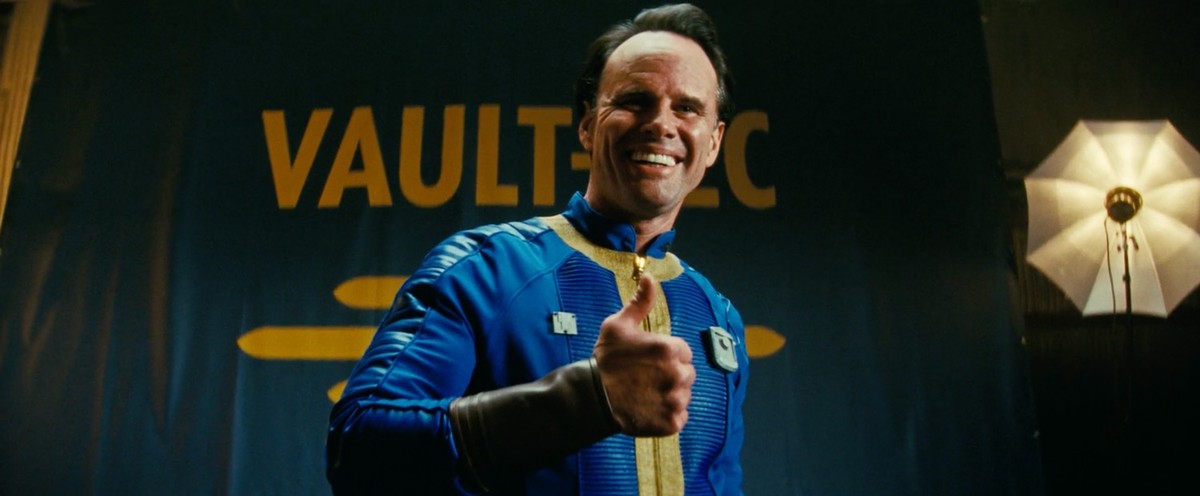
Now we know where the ideas for Vault Boy and his famous thumbs up gesture came from. In Episode 3, Western star Cooper Howard agrees to appear in a Vault-Tec commercial. He poses in a Vault Dweller jumpsuit for a promotional photo and offers a big smile with a thumbs up. That’s how Vault Boy was born.
Not the most fascinating story of the appearance of the famous mascot. But I still feel sorry for Coop: faded Vault-Tec billboards with his face still haunt the Wasteland – an unpleasant reminder of his past life and the support of a truly sinister corporation.
And the gesture with a raised finger appeared much earlier – at the very beginning of episode 1, when Howard and his daughter see the first bomb explode in Los Angeles.
Leave a Reply